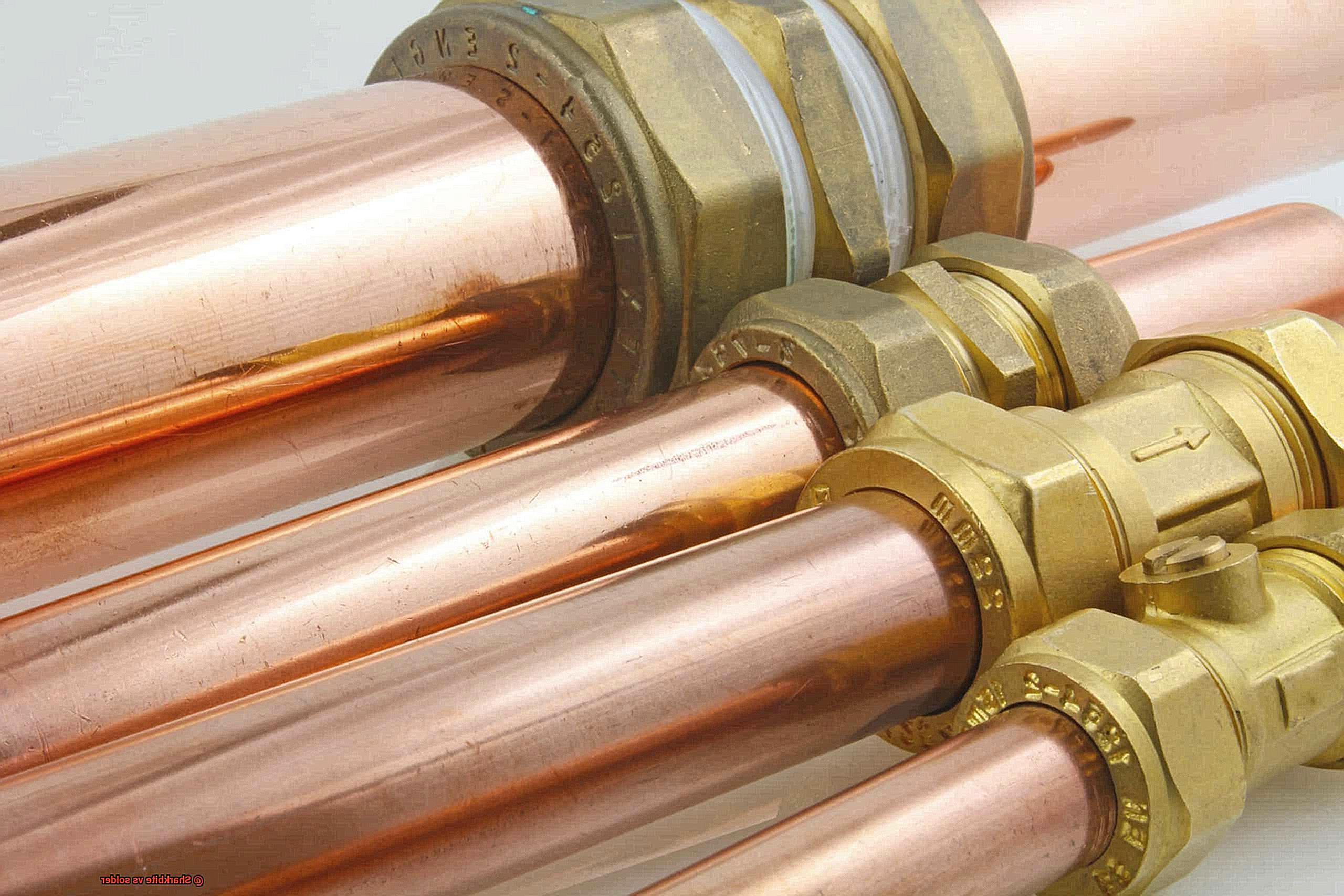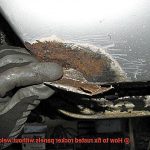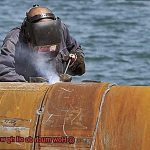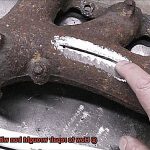Are you in the midst of a plumbing project and unsure whether to use SharkBite or solder?
The decision-making process can be daunting, especially if you’re not familiar with both options. But don’t worry, we’ve got you covered.
Picture this: it’s the middle of the night and there’s a leaky pipe that needs fixing ASAP. What do you do?
Do you opt for the traditional soldering method that involves flames and extensive preparation or try out the newer SharkBite method that promises to simplify things? In this blog post, we’ll take a deep dive into the critical differences between SharkBite and solder methods, including ease of use, cost, and durability.
We’ll weigh up the pros and cons of each technique to help you make an informed decision based on your plumbing needs and skill level. Our goal is to provide you with a comprehensive comparison so that you can select the best method for your plumbing project.
Whether you’re an experienced pro or a DIY enthusiast, keep reading to discover everything about SharkBite vs solder methods and which one will work best for your specific requirements.
Pros and Cons of Sharkbite Fittings
Contents
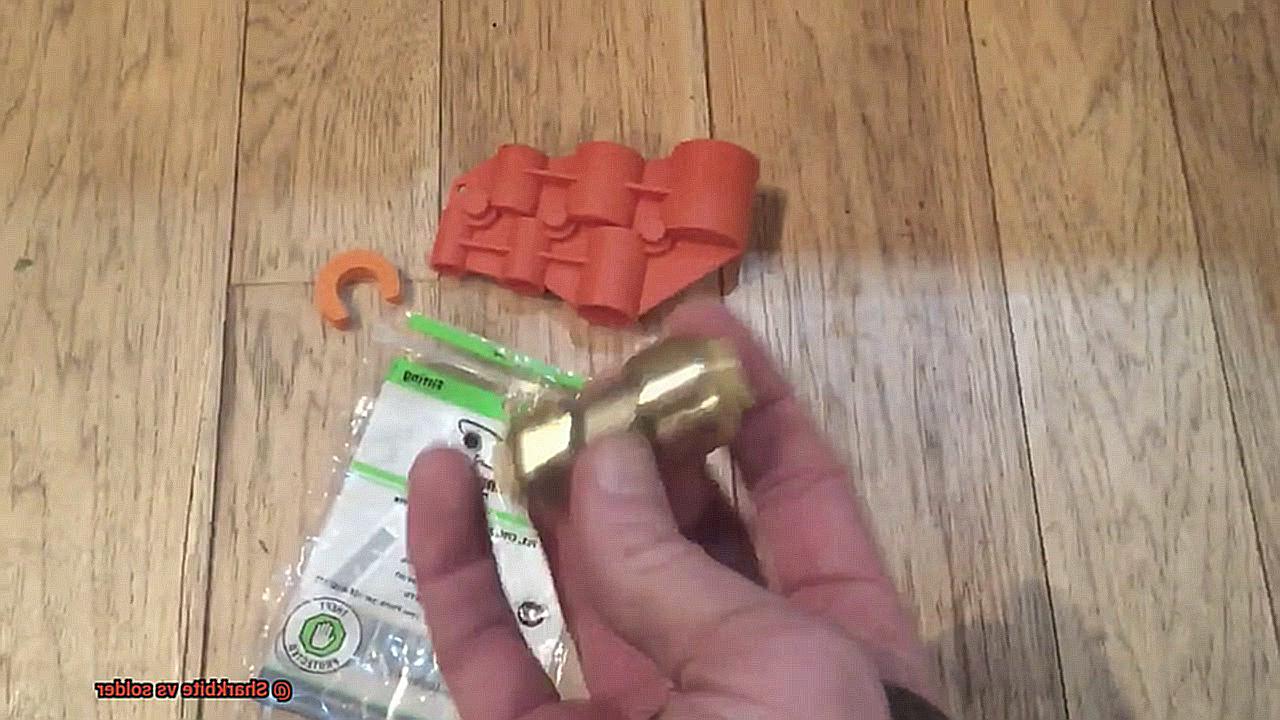
If you’re in the market for plumbing fittings, you may have heard about Sharkbite fittings.
They have gained popularity in recent years due to their ease of use and quick installation process. But, like any plumbing product, they have their pros and cons that you should consider before making a decision.
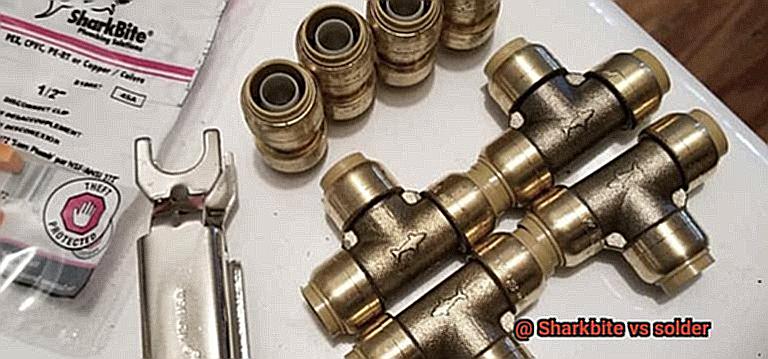
One of the biggest advantages of Sharkbite fittings is that they are incredibly easy to install. With no special tools or training required, you can install them quickly by simply pushing the fitting onto the pipe.
Unlike traditional copper pipe fittings, Sharkbite fittings also eliminate the need for soldering. This removes the need for a torch or other heating tools, making the installation process safer and more accessible to DIY homeowners.
Another significant advantage of Sharkbite fittings is their reusability. They can be easily removed and reused if necessary, making them a cost-effective option for temporary installations or repairs.
Plus, they work with a variety of pipe materials, including copper, PEX, and CPVC. However, it’s important to consider the cons as well.
For starters, Sharkbite fittings are typically more expensive than traditional copper fittings, which can add up quickly for larger projects. Additionally, they are not suitable for high-pressure or high-temperature situations, limiting their use for certain applications.
While they are advertised as durable and long-lasting, some plumbers have reported issues with leaks or failure over time. This has caused a negative perception among some professionals who are hesitant to use Sharkbite fittings due to concerns over their long-term durability and reliability.
On the other hand, soldering has been a reliable method of joining pipes for many years. It involves melting a small amount of metal (solder) onto the joint between two pipes, creating a strong and durable bond that can last for decades without leaking or failing.
However, soldering requires skill and experience and may not be accessible to everyone. In conclusion, while Sharkbite fittings can be a useful option for certain plumbing projects, they may not be the best choice for all situations.
When considering your options for your next plumbing project, weigh the pros and cons carefully to make an informed decision that will provide lasting results.
Potential Leaks with Sharkbite Fittings
Sharkbite fittings are the go-to solution for those seeking a quick and easy plumbing fix.
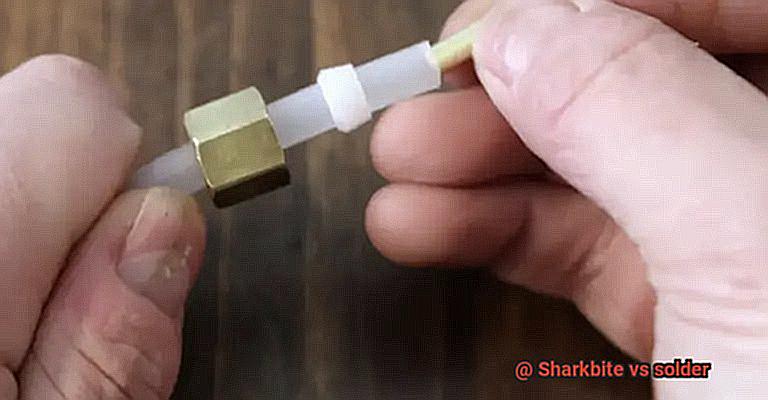
In this case, it’s the potential for leaks that has plumbers and homeowners concerned.
So, what causes these pesky leaks? The answer lies in the push-fit mechanism that Sharkbite fittings rely on.
This mechanism uses a rubber O-ring to create a seal around the pipe. While this may seem foolproof, the O-ring can become worn or damaged over time, resulting in leaks.
But wait, there’s more. Improper installation can also lead to leaks with Sharkbite fittings.
If the fitting is not pushed onto the pipe fully or if it is twisted during installation, it won’t create a proper seal, leading to potential leaks once the water is turned back on. The good news is that preventing leaks with Sharkbite fittings is simple.
First and foremost, ensure that the pipe is cut cleanly and free of any rough edges before installation. This will give the O-ring a solid seal around the pipe.
Additionally, push the fitting onto the pipe fully and make sure it’s properly aligned before turning on the water. While leaks with Sharkbite fittings are not common, they can happen.
Therefore, it’s important to weigh the pros and cons of using Sharkbite fittings versus traditional soldering methods before making a decision.
Reliability of Sharkbite on Copper Pipes
Plumbing problems can be a real headache, and that’s where Sharkbite fittings come in.
With their simple push-fit mechanism, they’re often seen as a superhero solution to all your plumbing woes.
However, even superheroes have their weaknesses, and when it comes to the reliability of Sharkbite fittings on copper pipes, there are mixed opinions in the plumbing community.
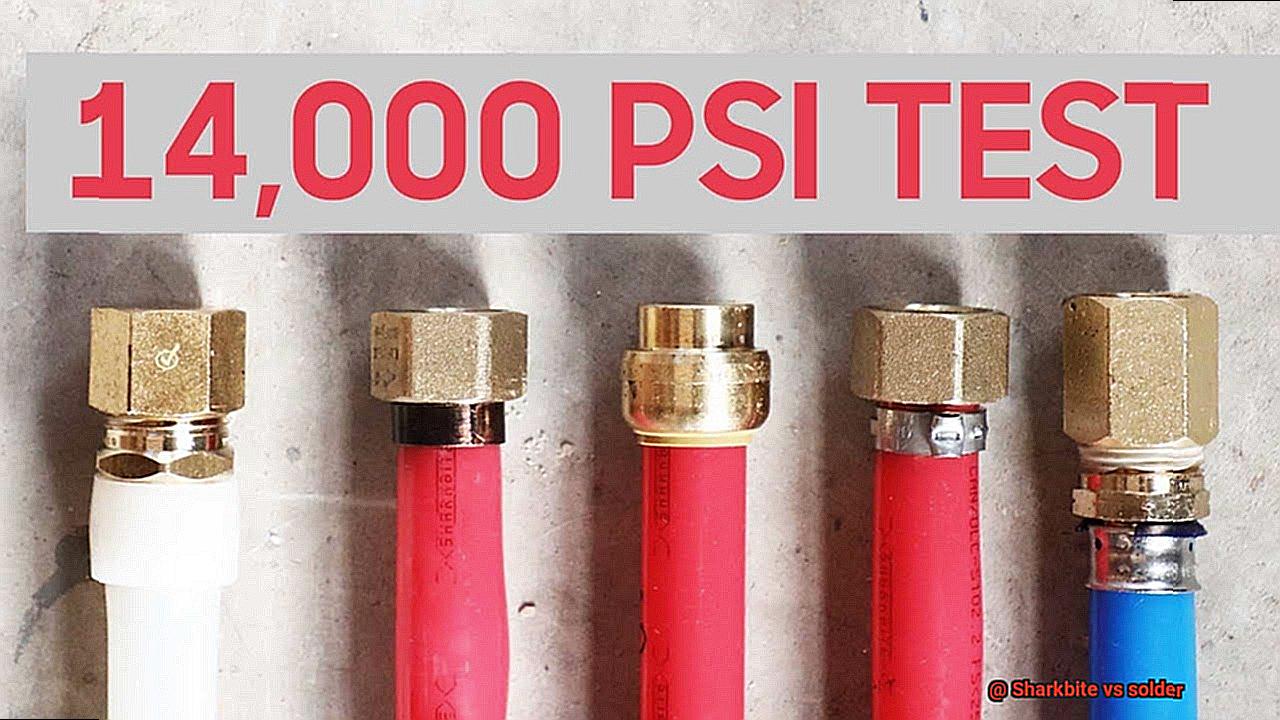
Sharkbite fittings are designed to work with copper, PEX, and CPVC pipes and are incredibly easy to install. They use a push-fit system that requires no soldering or special tools, making them a popular choice for DIY enthusiasts.
However, some plumbers argue that this ease of installation comes at a cost. One potential issue with Sharkbite fittings is their reliance on an O-ring seal.
Over time, these seals can degrade and lead to leaks. While Sharkbite fittings come with a 25-year warranty, some plumbers are skeptical that they will last that long.
Another concern with Sharkbite fittings on copper pipes is their compatibility with different types of copper. Some plumbers have reported issues with Sharkbite fittings not fitting properly on certain types of copper pipes, leading to leaks or even burst pipes.
Despite these concerns, many plumbers still use Sharkbite fittings on a regular basis and find them to be reliable in most situations. However, when it comes to hot water applications, some plumbers prefer to stick with traditional soldering methods for added durability.
So what’s the verdict on the reliability of Sharkbite fittings on copper pipes? It’s safe to say that while they’re generally considered reliable by many plumbers, there are some valid concerns about their long-term durability and compatibility with certain types of copper.
While Sharkbite fittings may save you time and effort in the short term, it’s important to consider the potential risks down the line.
Advantages of Soldering
Firstly, soldered joints are incredibly durable and can withstand high pressure and temperature changes without leaking.
This is because soldering creates a strong bond between the two pipes, making it ideal for use in plumbing systems where the pipes are constantly exposed to extreme conditions. Unlike other methods, soldered joints require little maintenance and rarely need to be replaced, which can save you money on repairs and replacements over time.
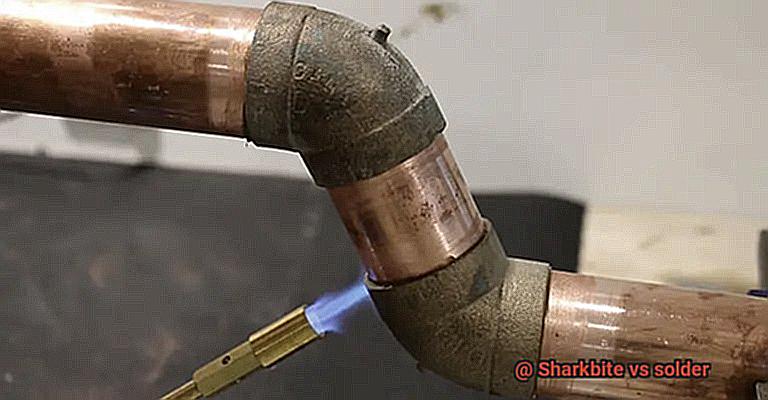
Secondly, soldered joints have a smoother interior surface compared to other methods, which can help to improve water flow and reduce the risk of clogs or blockages in the pipes. This means that your plumbing system will operate at peak performance for longer periods of time, saving you money and headaches in the long run.
Thirdly, soldering is a professional-grade technique that has been widely used by plumbers and other professionals in the industry for many years. Its reliability has been proven over time, making it a trusted method for joining pipes together.
By choosing soldering as a method for joining your pipes together, you can rest assured that you’re using a technique that has been tried and tested by professionals for decades. Fourthly, soldering is compatible with a wide range of pipe materials, including copper, brass, and steel.
This makes it a versatile solution that can be used in many different types of plumbing systems. As a result, you don’t have to worry about compatibility issues when using soldering to join your pipes together.
Lastly, while soldering requires some initial investment in tools and materials, it can be a cost-effective solution in the long run. Soldered joints require little maintenance and rarely need to be replaced, which can save you money on repairs and replacements over time.
This makes it an excellent choice for homeowners who want a reliable and durable solution without breaking the bank.
And, if you want a reliable, durable, and cost-effective method for joining your pipes together, then soldering is definitely worth considering.
Disadvantages of Soldering
Soldering has been a popular method of joining copper pipes for decades, but it’s not without its drawbacks.
As an expert in the plumbing field, I’ve seen firsthand how soldering can come with some significant disadvantages that can make it less attractive than newer alternatives like SharkBite fittings. One major disadvantage of soldering is that it requires a high level of skill and experience to do correctly.
Sometimes, you may end up with leaks or other issues that can lead to costly repairs down the line. This means that you’ll need to invest time and resources into developing your skills before attempting to use this method.
Another disadvantage of soldering is that it can be incredibly time-consuming, especially if you’re working on a large project. The process involves heating the joint with a torch and applying solder while it’s still hot, which can take several minutes per joint.
This can add up quickly, making the process frustratingly slow. Soldering also involves the use of potentially hazardous materials like flux and solder.
Flux is used to clean the joint before soldering, but it can be harmful if not handled properly. Similarly, solder contains lead which can be toxic if ingested or inhaled.
This means that you need to take extra precautions when using these materials to protect yourself and those around you. Finally, soldering can be challenging to perform in tight spaces or hard-to-reach areas.
Because the torch and soldering materials must be applied directly to the joint, it can be difficult to maneuver in small spaces. This means that you may need to invest in additional tools or equipment to make the process more manageable.
It requires skill and experience, can be time-consuming, involves hazardous materials, and can be challenging in tight spaces.
Do Professionals Use Sharkbite?
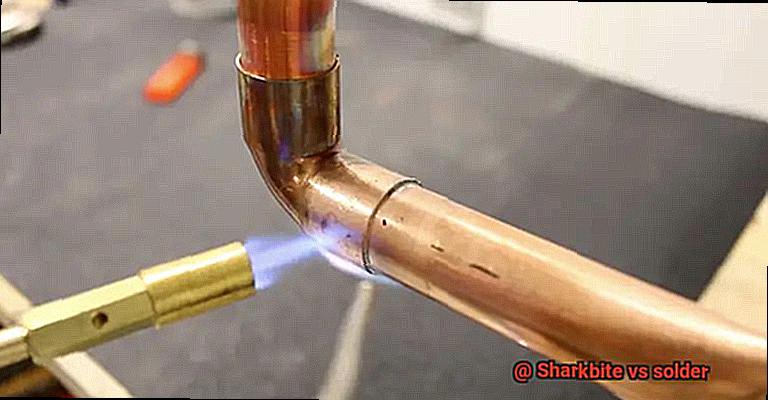
One question that often arises is whether professionals use Sharkbite.
Well, the answer is not as straightforward as a simple yes or no. While some professionals still prefer the tried and true method of soldering for its permanent and reliable connection, others have embraced the convenience of Sharkbite fittings.
The push-fit mechanism of Sharkbite fittings may have raised some concerns about its durability over time, but there are specific situations where they shine. For instance, in tight spaces where traditional soldering methods are challenging to use, Sharkbite fittings can provide a quicker and easier solution.
They can also be a convenient option for non-permanent installations or temporary fixes. This is why some professionals choose to keep them as an option in their toolkit.
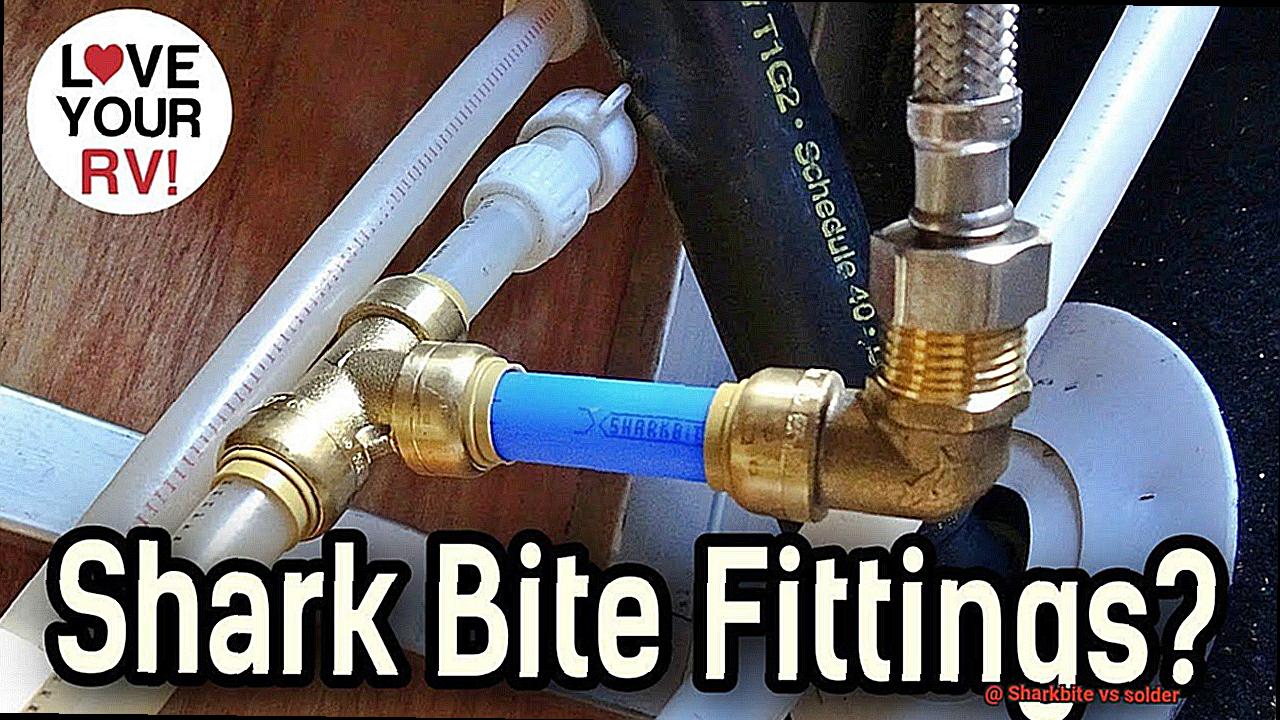
However, it’s crucial to note that not all Sharkbite fittings are created equal. Professionals may opt for higher quality Sharkbite fittings that are specifically designed for certain applications, such as hot water or copper pipe installations.
This shows that Sharkbite has been making strides in addressing concerns about durability and functionality. Ultimately, the decision to use Sharkbite fittings or traditional soldering methods depends on the specific needs of each project and the preferences of the professional working on it.
It’s like choosing between a leather shoe and a sneaker – both have their pros and cons depending on the activity and terrain. So, while some professionals may prefer traditional soldering methods, others may find that Sharkbite fittings offer a more practical solution depending on the project’s requirements.
As with any decision in plumbing, it’s always best to consult with an expert to ensure the best possible outcome.
3GNQwuLbKkg” >
Conclusion
In conclusion, the debate of Sharkbite vs. solder has no clear winner as both methods have their advantages and disadvantages.
Deciding which method to use ultimately depends on your specific plumbing needs and skill level. Sharkbite fittings offer easy installation without requiring special tools or training.
They are reusable and work with various pipe materials. However, they can be more expensive than traditional copper fittings and may not be suitable for high-pressure or high-temperature situations.
Soldering creates a strong and durable bond between pipes that lasts for decades without leaking or failing. It also has a smooth interior surface that improves water flow and requires little maintenance over time.
However, it requires skill and experience to do correctly and can be time-consuming. It’s important to note that both methods have potential issues such as leaks with Sharkbite fittings or hazardous materials with soldering.
Lastly, while some professionals still prefer traditional soldering methods, others have embraced the convenience of Sharkbite fittings in certain situations.
